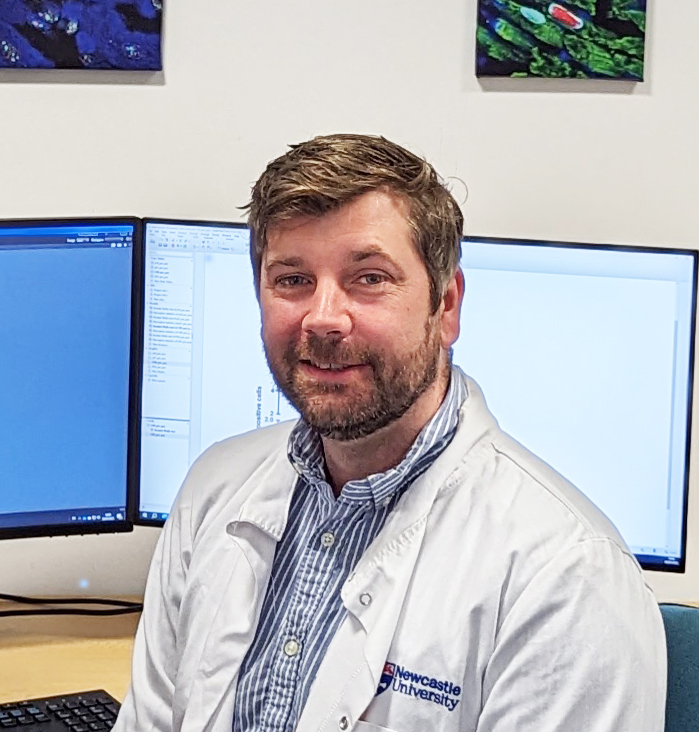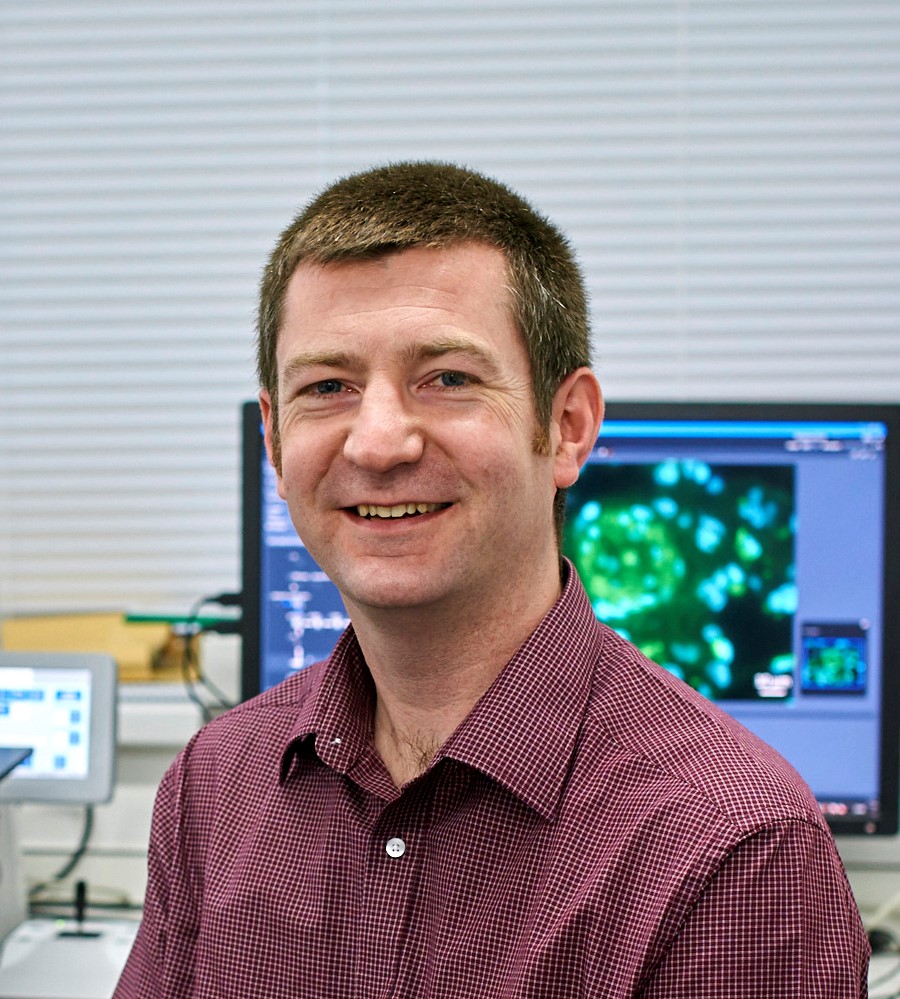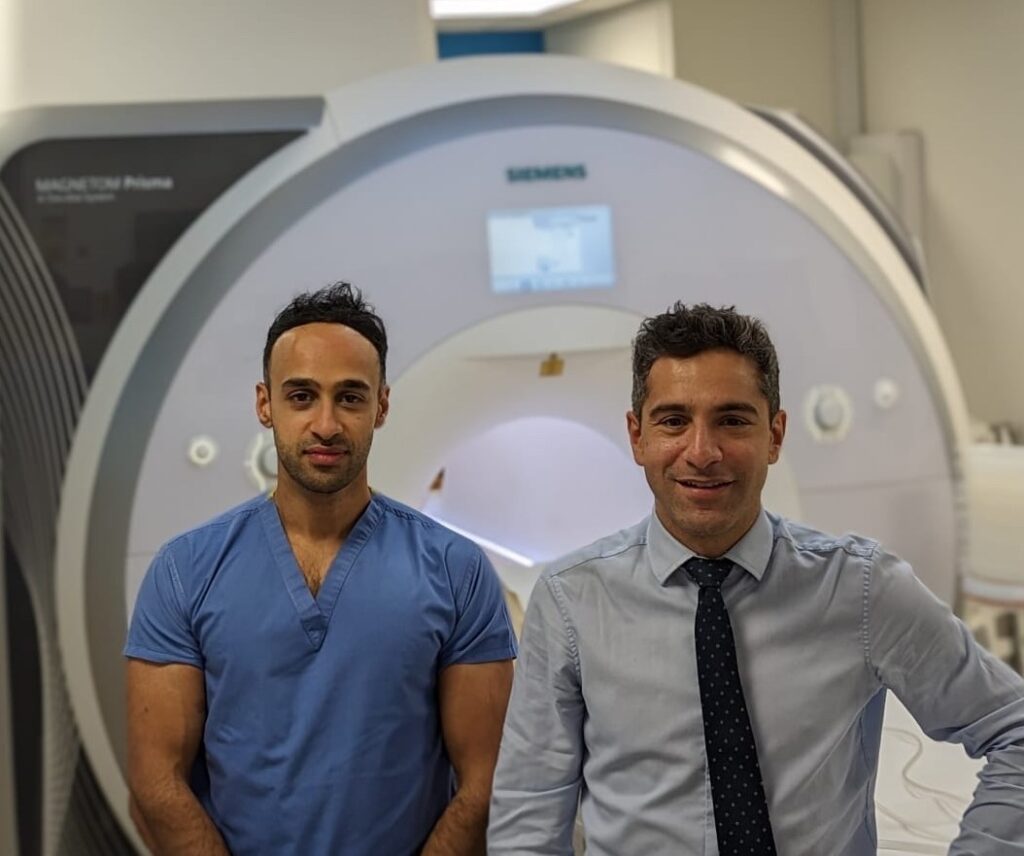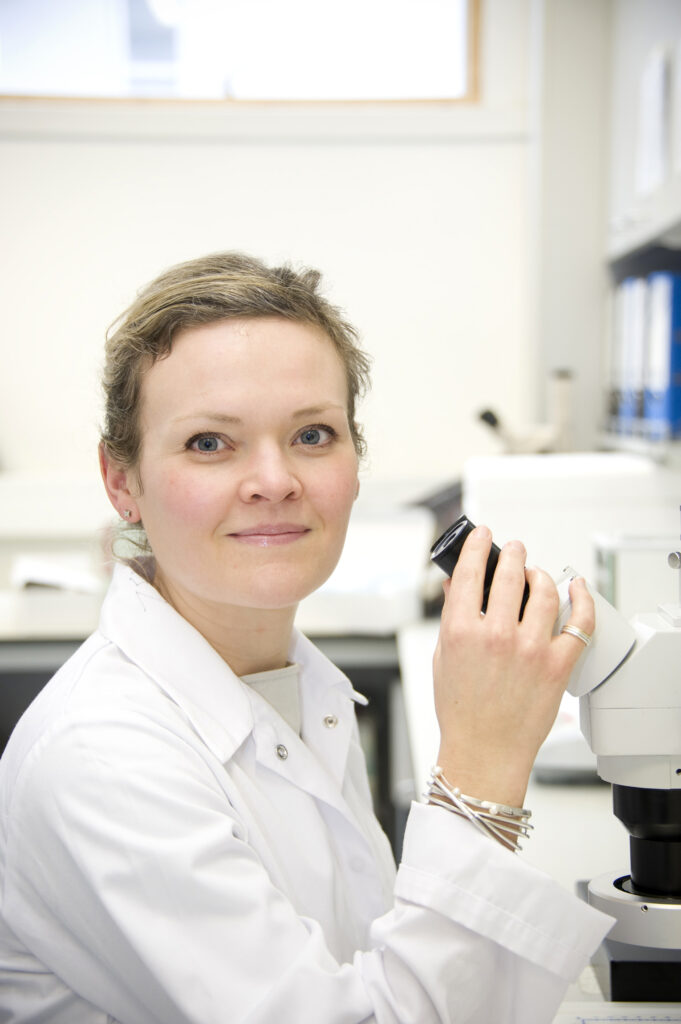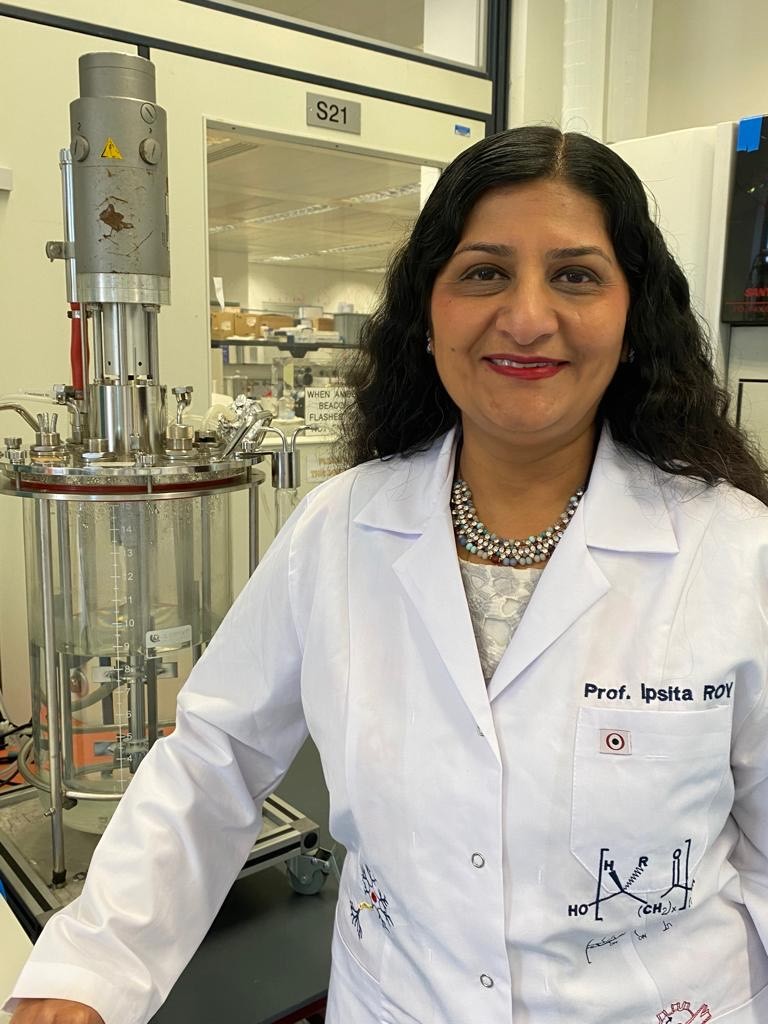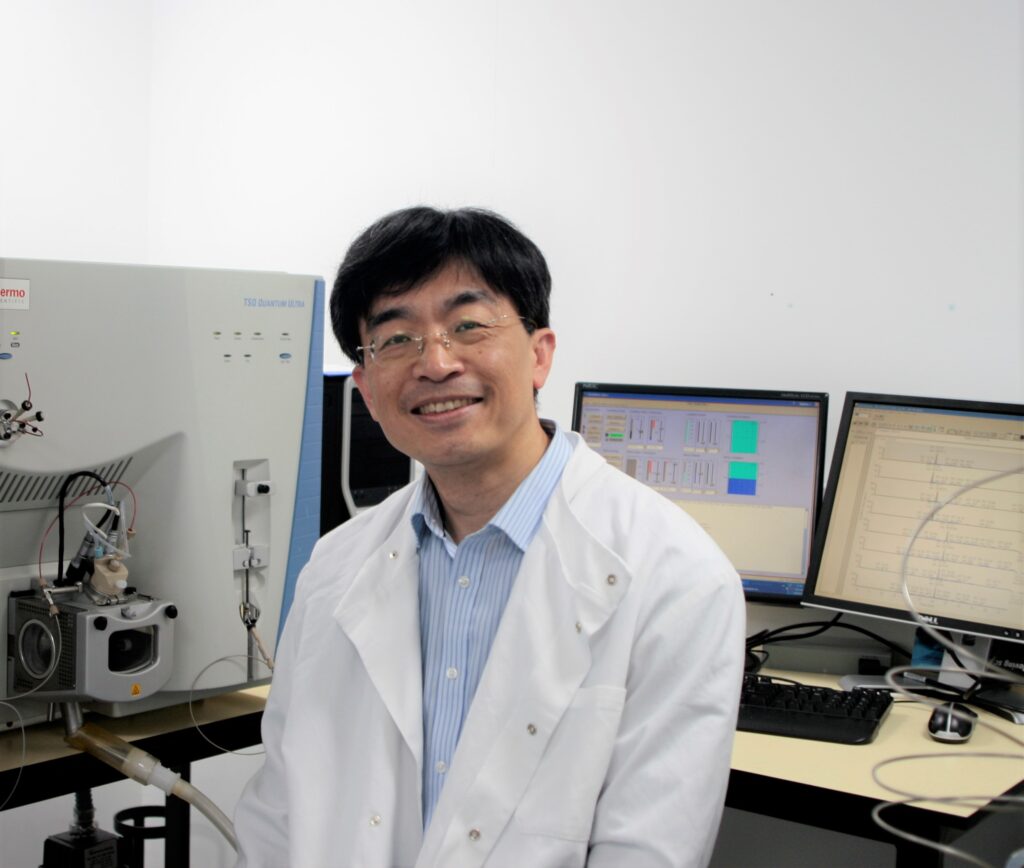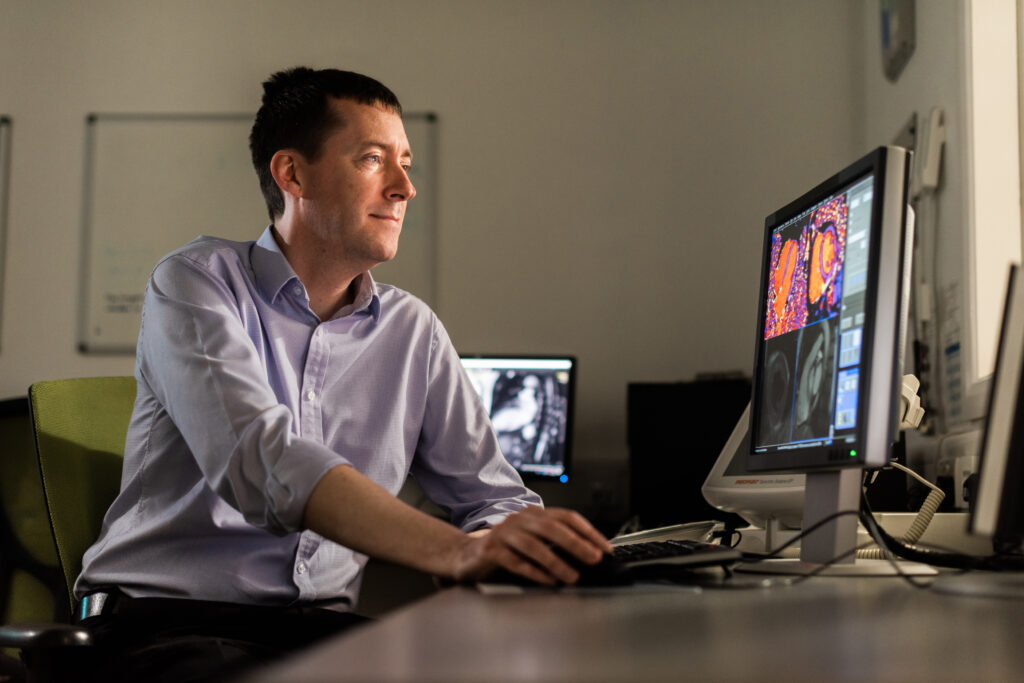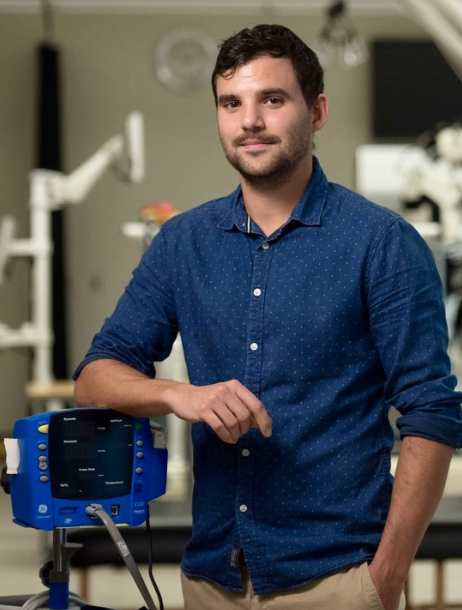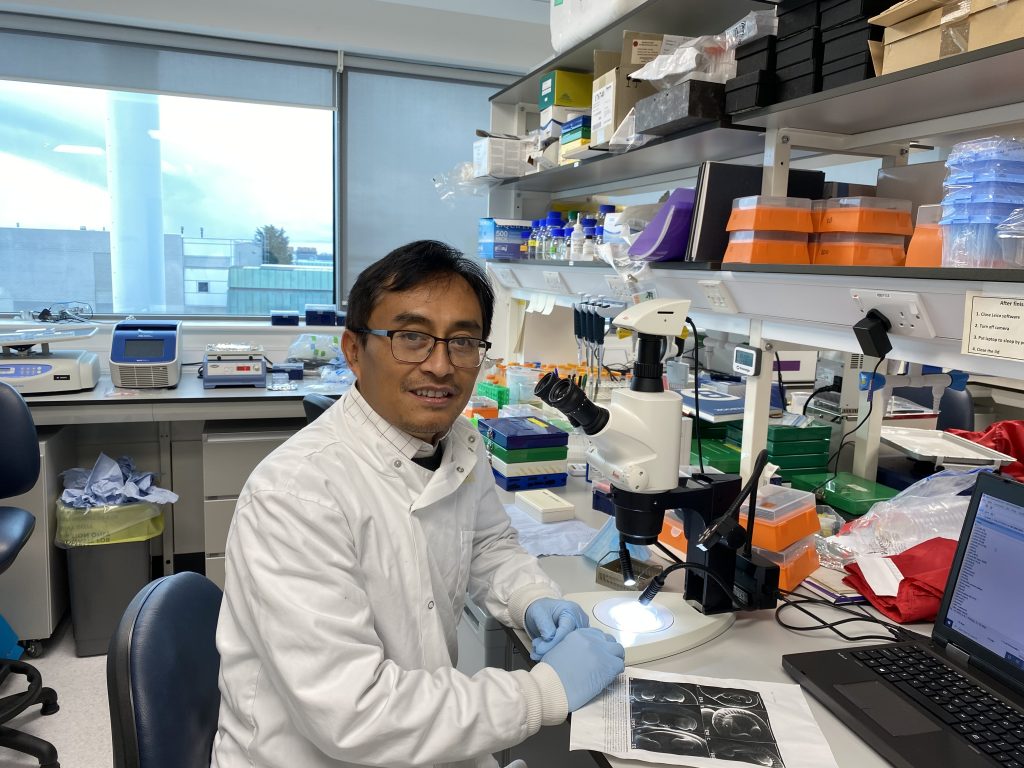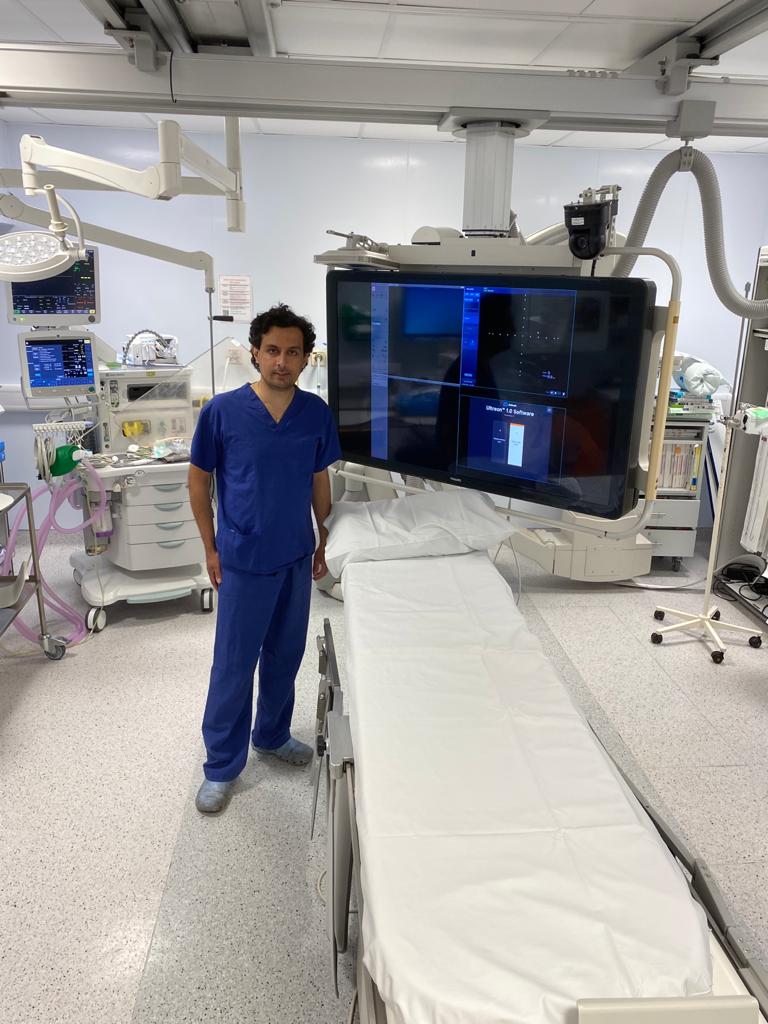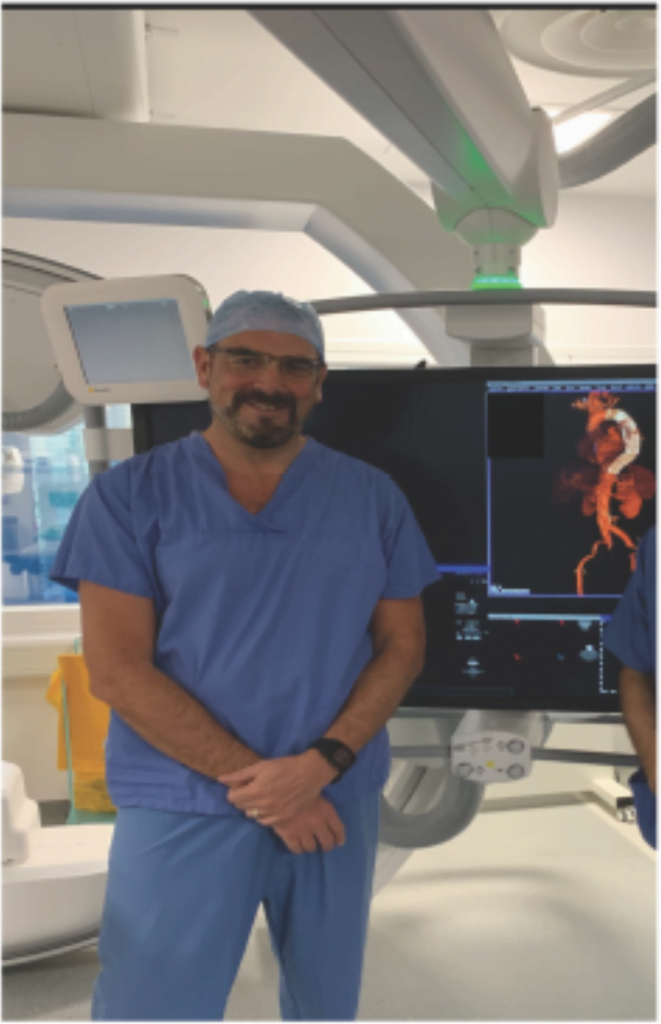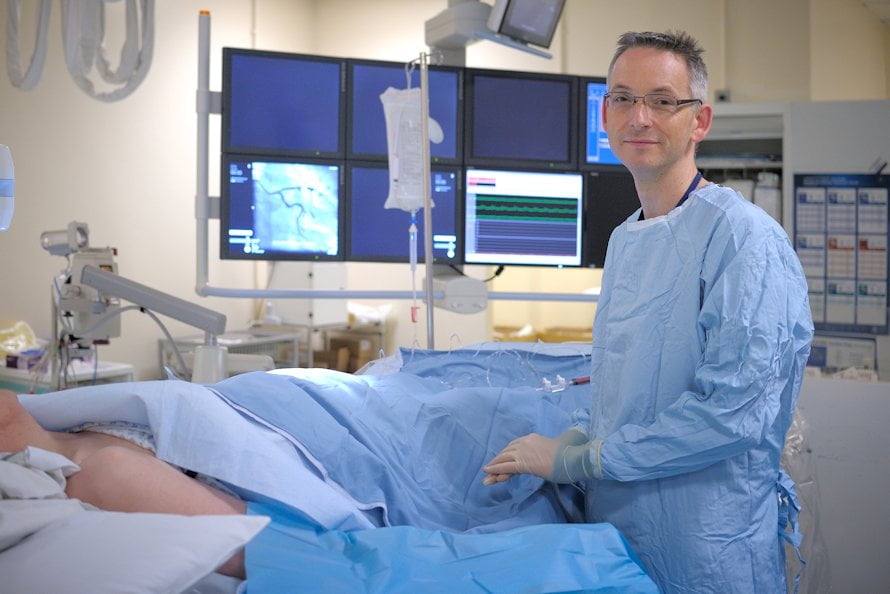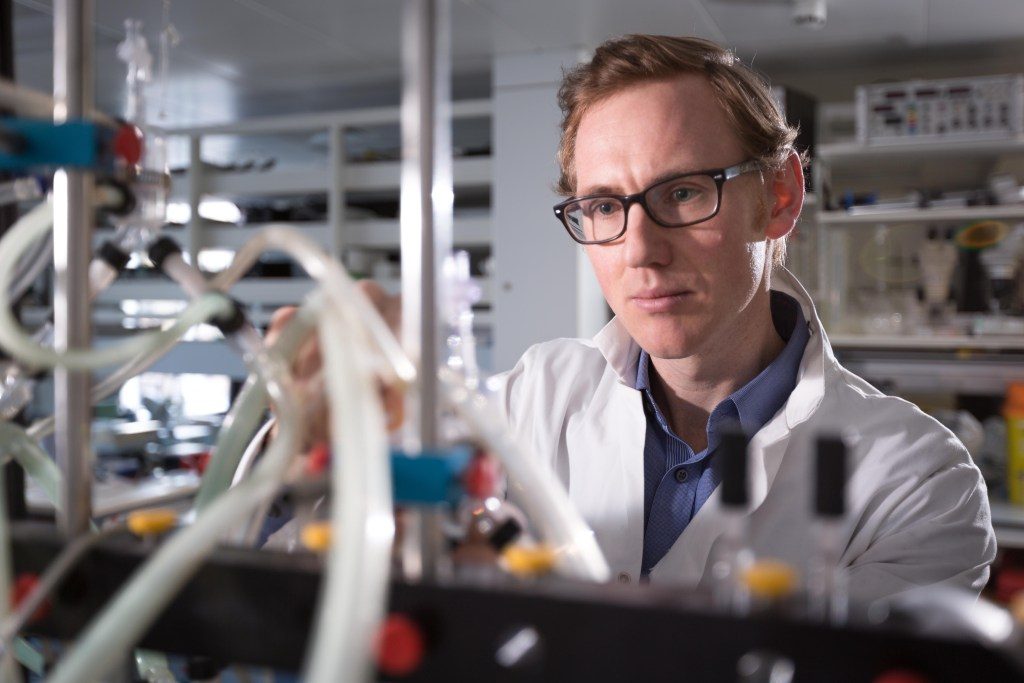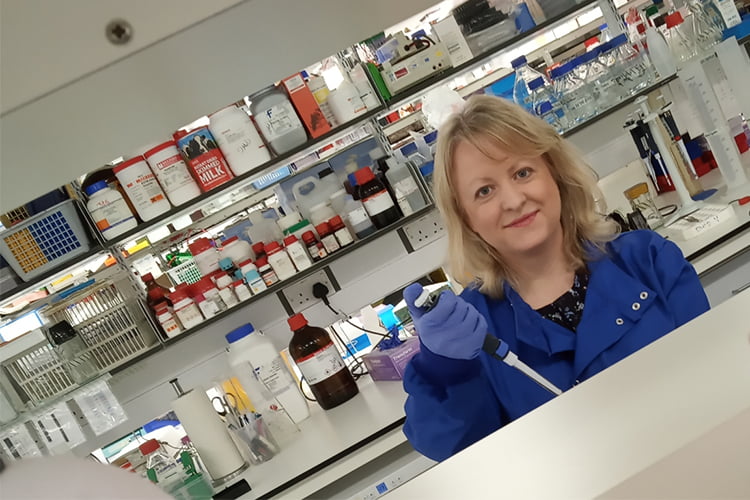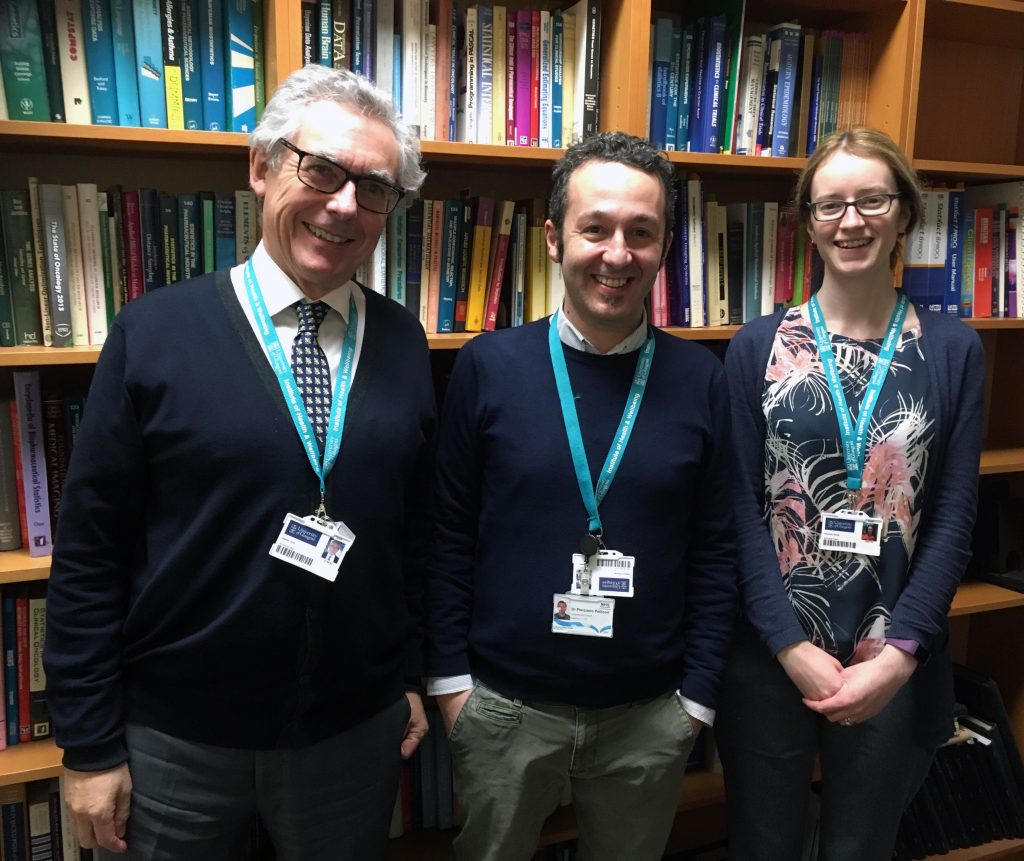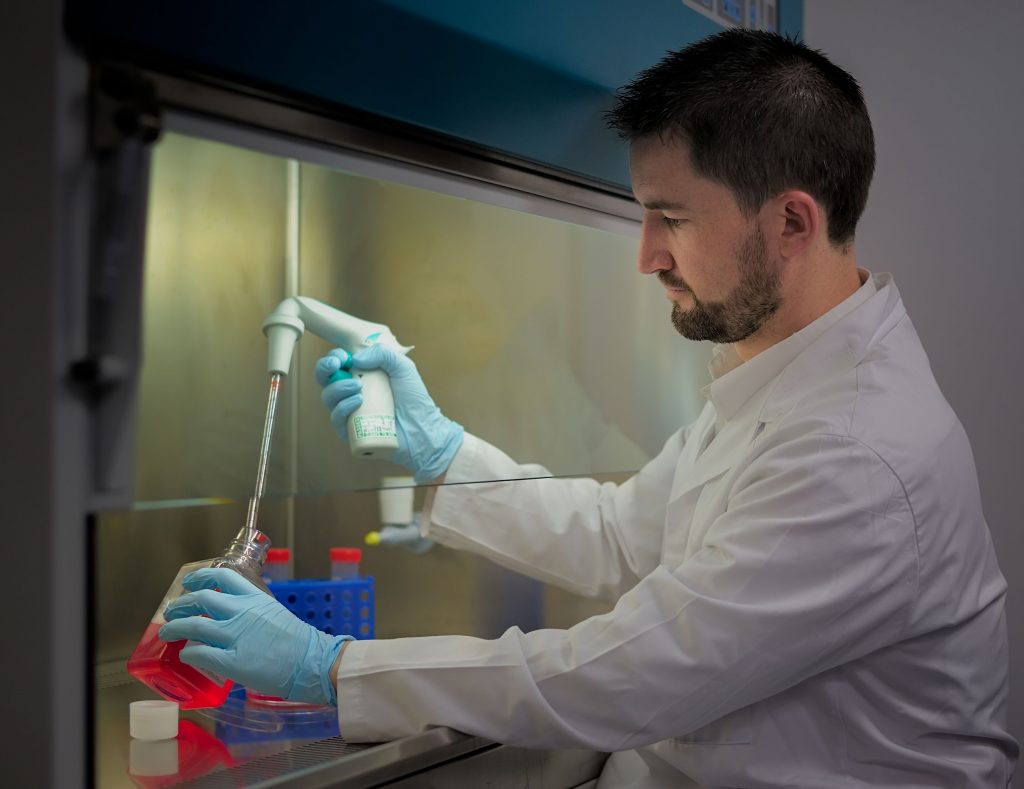PhD Studentship
Prof Khalid Naseem
University of Leeds
Amount: £110,500
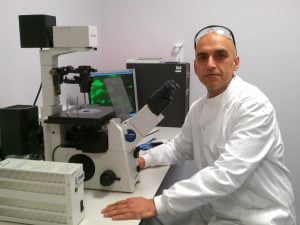
Supporting Scientists of the Future
Q & A with Professor Khalid Naseem, University of Leeds
Summary: Platelets are small blood cells involved in blood clotting. In people with heart disease, platelets are stickier than normal and can cause a blood clot to form, called a thrombosis, which can cause a heart attack. This project aims to identify which type of platelet becomes stickier in patients with heart disease which may lead to better treatments to prevent thrombosis.
Platelets are small blood cells that are activated and stick together to form a blood clot which stops the bleeding when we are injured. People with heart disease have platelets that are stickier than normal which can cause a blood clot to form inside a blood vessel, a process called thrombosis. This can block the flow of blood to the heart or brain and cause serious problems such as heart attack and stroke. We still do not fully understand why platelets become stickier in people with heart disease and the medicines we use to prevent it can cause side effects such as bleeding.
Professor Naseem’s team has shown that platelets are not all the same and that different types of platelets may have slightly different functions. Importantly, they have found that patients at high risk of a heart attack have more of the type of platelets that cause thrombosis than those at low risk of heart attack. The aim of this project is to further investigate these differences.
There is a real challenge though because platelets are very small and can easily be damaged when they are removed from the blood. Professor Naseem’s team has developed a new method which allows platelets to be studied without them being damaged and they will use this to compare the different types of platelets in blood samples taken from people with and without heart disease. They will separate and count the different types of platelets to see if people with heart disease have more of the type of platelets that cause thrombosis, and try to determine what causes these differences.
Medicines that control thrombosis act on all platelets in the same way and Professor Naseem believes that changes in the numbers of different types of platelets in people with heart disease is one of the reasons why these medicines are not fully effective at preventing thrombosis in these patients.
If we can identify which type of platelet becomes stickier in patients with heart disease, this will help in the development of new drugs that are more effective at blocking thrombosis in people with heart disease.
Also, by identifying specific chemicals that increase stickiness of different types of platelets, we may be able to measure their levels in the blood to identify heart patients that have a higher risk of thrombosis.

